Dah Ming Chiu
GTEA: Representation Learning for Temporal Interaction Graphs via Edge Aggregation
Sep 28, 2020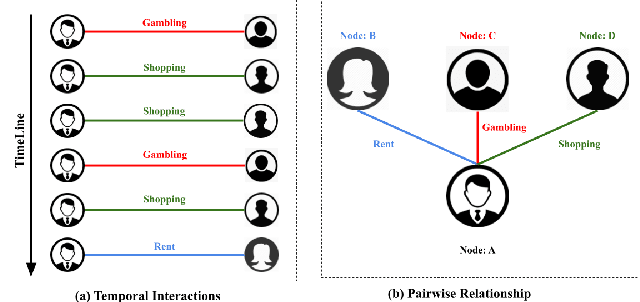



Abstract:We consider the problem of representation learning for temporal interaction graphs where a network of entities with complex interactions over an extended period of time is modeled as a graph with a rich set of node and edge attributes. In particular, an edge between a node-pair within the graph corresponds to a multi-dimensional time-series. To fully capture and model the dynamics of the network, we propose GTEA, a framework of representation learning for temporal interaction graphs with per-edge time-based aggregation. Under GTEA, a Graph Neural Network (GNN) is integrated with a state-of-the-art sequence model, such as LSTM, Transformer and their time-aware variants. The sequence model generates edge embeddings to encode temporal interaction patterns between each pair of nodes, while the GNN-based backbone learns the topological dependencies and relationships among different nodes. GTEA also incorporates a sparsity-inducing self-attention mechanism to distinguish and focus on the more important neighbors of each node during the aggregation process. By capturing temporal interactive dynamics together with multi-dimensional node and edge attributes in a network, GTEA can learn fine-grained representations for a temporal interaction graph to enable or facilitate other downstream data analytic tasks. Experimental results show that GTEA outperforms state-of-the-art schemes including GraphSAGE, APPNP, and TGAT by delivering higher accuracy (100.00%, 98.51%, 98.05% ,79.90%) and macro-F1 score (100.00%, 98.51%, 96.68% ,79.90%) over four large-scale real-world datasets for binary/ multi-class node classification.
Identifying Illicit Accounts in Large Scale E-payment Networks -- A Graph Representation Learning Approach
Jun 13, 2019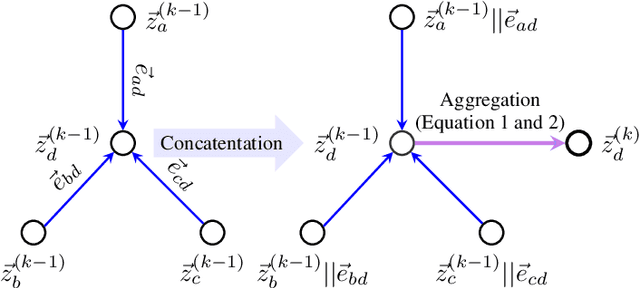
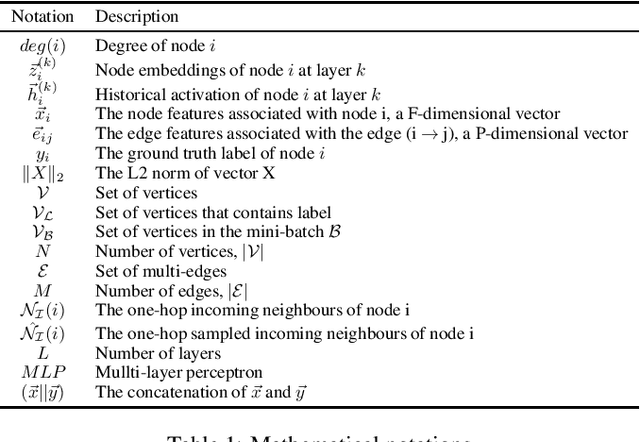
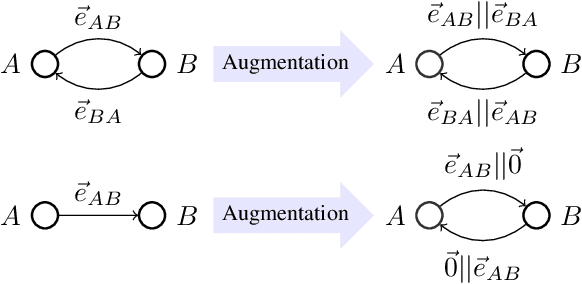
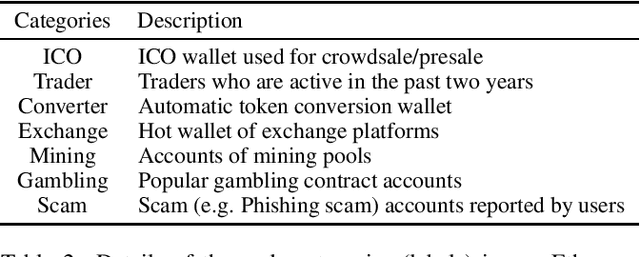
Abstract:Rapid and massive adoption of mobile/ online payment services has brought new challenges to the service providers as well as regulators in safeguarding the proper uses such services/ systems. In this paper, we leverage recent advances in deep-neural-network-based graph representation learning to detect abnormal/ suspicious financial transactions in real-world e-payment networks. In particular, we propose an end-to-end Graph Convolution Network (GCN)-based algorithm to learn the embeddings of the nodes and edges of a large-scale time-evolving graph. In the context of e-payment transaction graphs, the resultant node and edge embeddings can effectively characterize the user-background as well as the financial transaction patterns of individual account holders. As such, we can use the graph embedding results to drive downstream graph mining tasks such as node-classification to identify illicit accounts within the payment networks. Our algorithm outperforms state-of-the-art schemes including GraphSAGE, Gradient Boosting Decision Tree and Random Forest to deliver considerably higher accuracy (94.62% and 86.98% respectively) in classifying user accounts within 2 practical e-payment transaction datasets. It also achieves outstanding accuracy (97.43%) for another biomedical entity identification task while using only edge-related information.
 Add to Chrome
Add to Chrome Add to Firefox
Add to Firefox Add to Edge
Add to Edge